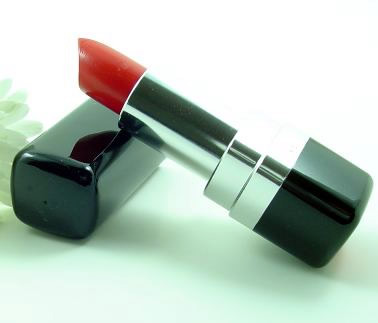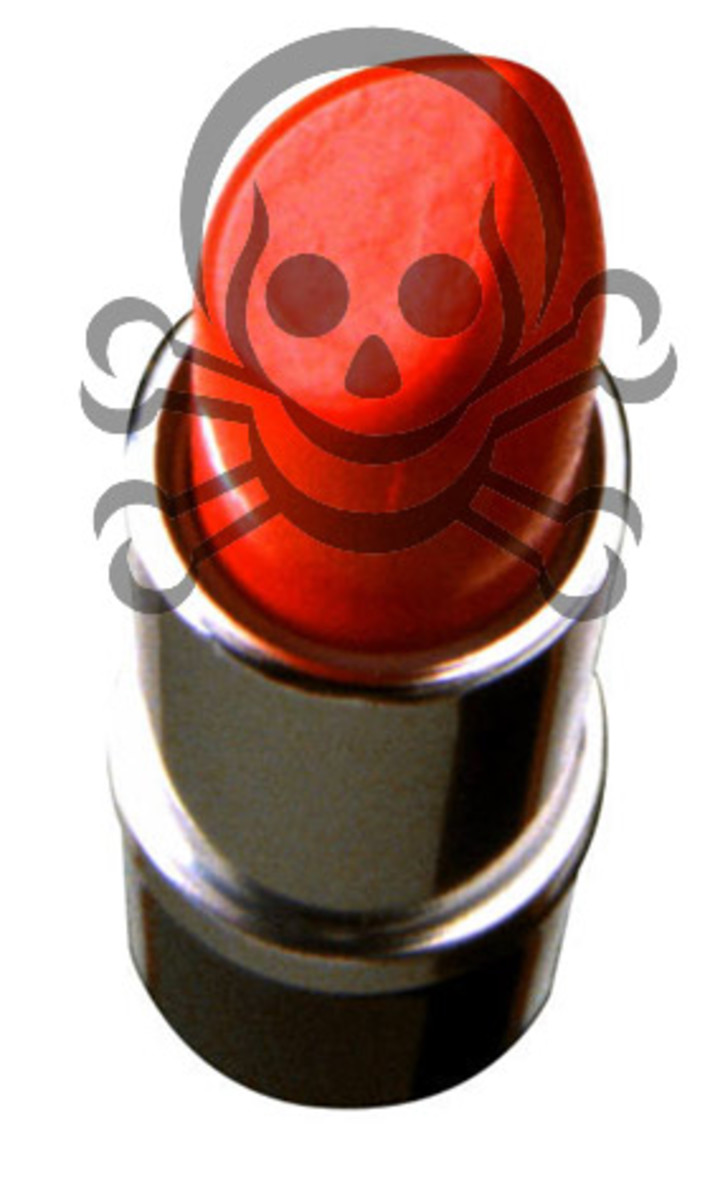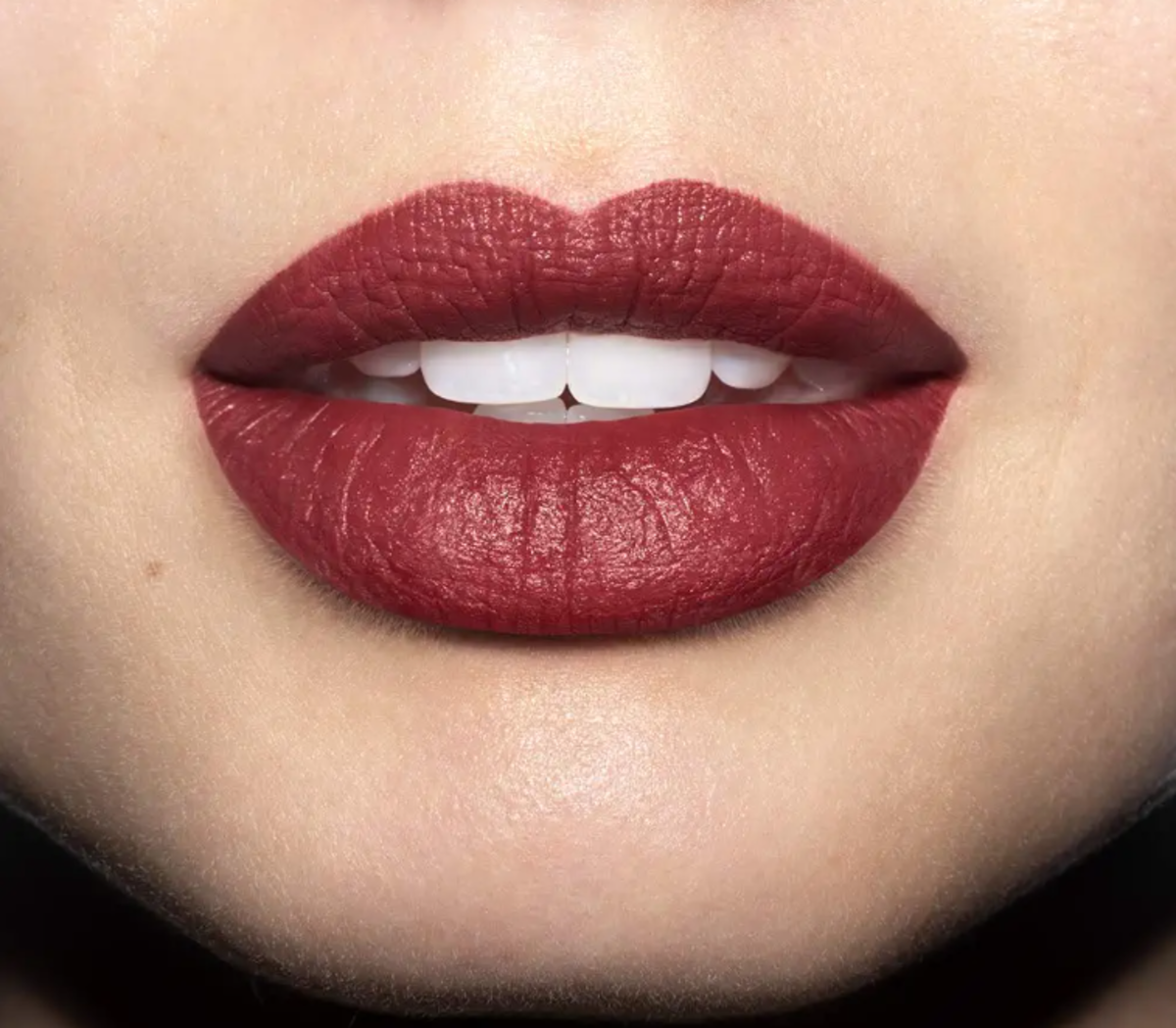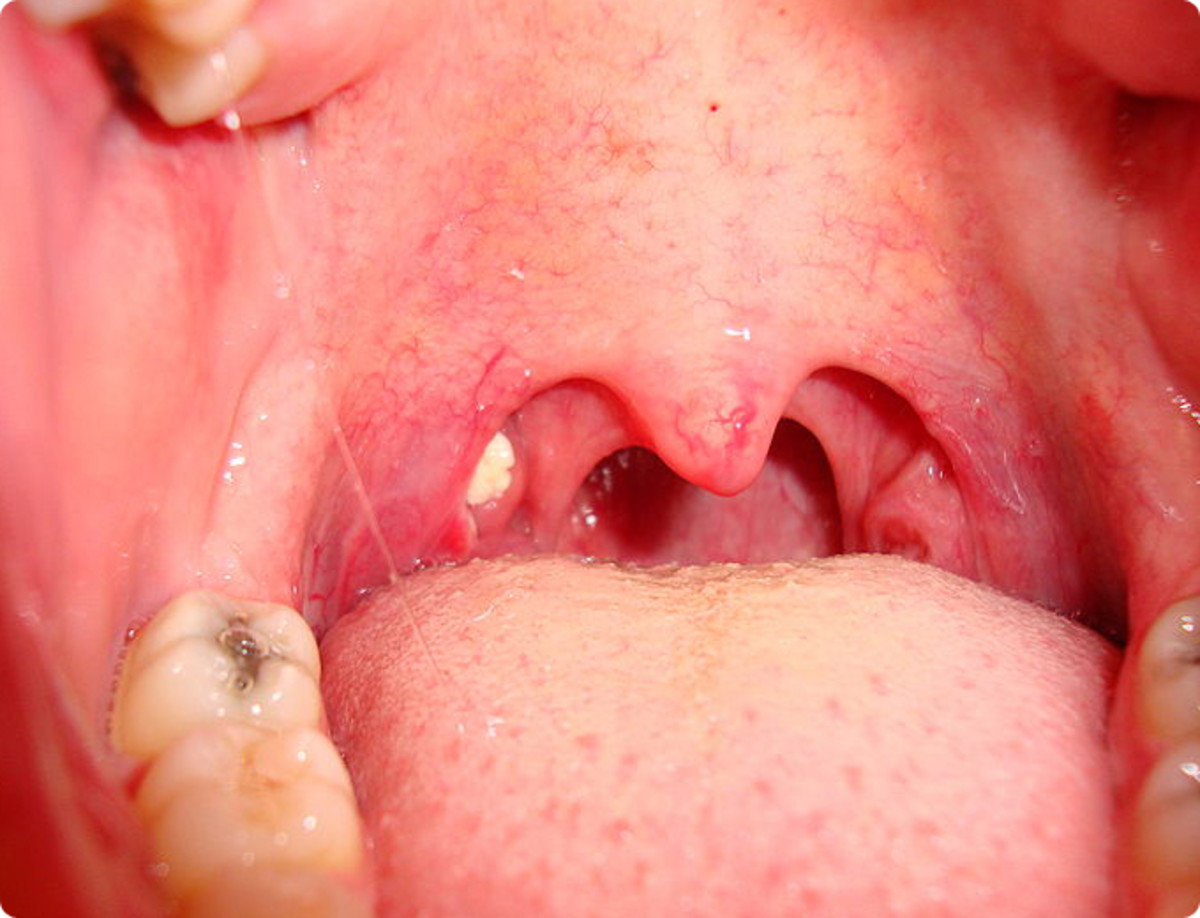Is There Lead in Lipstick?
Lead is a dangerous heavy metal if ingested or inhaled. That is why lead is no longer in gasoline or in paints. But is there still lead in certain lipsticks? Yes, there is still lead. But in such small quantities that some say that it is not a concern. While others disagree.
Perhaps you might have read reports of lead being in lipstick, such as on WashingtonPost, HuffingtonPost, and USA Today -- just to name a few.
Or perhaps you received an alarming email about it. Those random spammy emails are likely to be an exaggeration anyways.
Well, let's look further.
How Much Lead is In Lipsticks?
In the book The Immune System Recovery Plan published as recently as 2013 writes ...
"Many brand-name lipsticks contain lead. In fact, 61 percent of the thirty-three lipsticks tested by the Campaign for Safe Cosmetics in 2007 contained lead despite the fact that lead wasn't listed as an ingredient on any of them. In 2009, the FDA released a study that found lead in all the lipstick samples they tested. ... the lead found ranged from 0.09 to 3.06 parts per million" [page 237]
In 2010, FDA survey of 400 lipsticks (whose results you can see here) found the average quantity of lead present to be 1.11 parts per million with the highest concentration at 7.19 ppm. If you want to know what brand that was, go to the link of the results.
You can also find out how safe or toxic your cosmetic is by looking it up on the Environmental Working Group Cosmetic Database.
The Campaign for Safe Cosmetics writes ...
"Lead in lipstick? Turns out, the urban legend is true."
In 2007, it tested 33 brands of lipsticks at an independent lab and found that 61% of them contained lead, with levels up to 0.65 parts per million.
For comparison, the U.S. Federal Lead and Copper Rule of 1991 requires action to be taken if tap water exceeds 15 parts per billion in more than 10% of customer taps sampled. [reference]
And FDA guidance of 2006 recommends a "maximum lead level of 0.1 ppm in candy likely to be consumed frequently by small children". [reference]
In that case, the concentration in lipstick would be greater than that of tap water and many brands of lipsticks would exceed that of allowable lead in candy.
Understandably, we do not drink or ingest lipstick. But nevertheless some trace amount of lipstick probably do get ingested over long-term use. And lead accumulates in the body over time.

Is The Amount of Lead Dangerous?
Dr. Robert Cassar talked about lead being in lipstick on episode 83 of the Extreme Health Radio and how some of it gets swallowed over the course of time.
Snopes.com writes that while it may be true that lipstick contain lead in the coloring, the amount is of very small quantities. The amount of lead in coloring is regulated. For example Red #6 color cannot contain more than 20 parts per million.
In another article, Snopes says the rumor that the average woman swallows six pounds of lipstick during her lifetime is false.
What levels are considered safe is up for debate.
FDA makes statement saying lead in lipsticks are not a concern. It writes here as follows...
"FDA scientists developed an analytical method, published in 2009, for measuring the amount of lead in lipstick. Our initial findings, as well as our expanded findings posted in December 2011, confirm that the amount of lead found in lipstick is very low and does not pose safety concerns."
While other says that ...
"No level of lead exposure appears to be 'safe' and even the current 'low' levels of exposure in children are associated with neurodevelopmental deficits."
Even very low levels can affect a child's neurodevelopment. But then again, a child would not be likely to be wearing lipstick.
More Articles:
Depends on Level of Risk Tolerance
Ultimately whether the amount of lead in lipstick is enough to be concerned about or not is up to you depending on your level of risk tolerance as well as your genetics.
For individuals with genes that does not allow the body to detoxify heavy metals efficiently, then perhaps it may be a problem. But if you are lucky to have good genes and are a good detoxifier, then perhaps it is not as much of a concern for you.
Those with autoimmune condition should perhaps limit use, as one of the possible triggers of autoimmune diseases is environmental toxins. Some people with autoimmune disease even stop using shampoo due to the chemical in them.
Note:
Article written in April 2013 and is only opinion at time of writing. Hopefully manufactures would have found ways or the inclination to reduce the lead content in lipsticks by the time you read this article.








